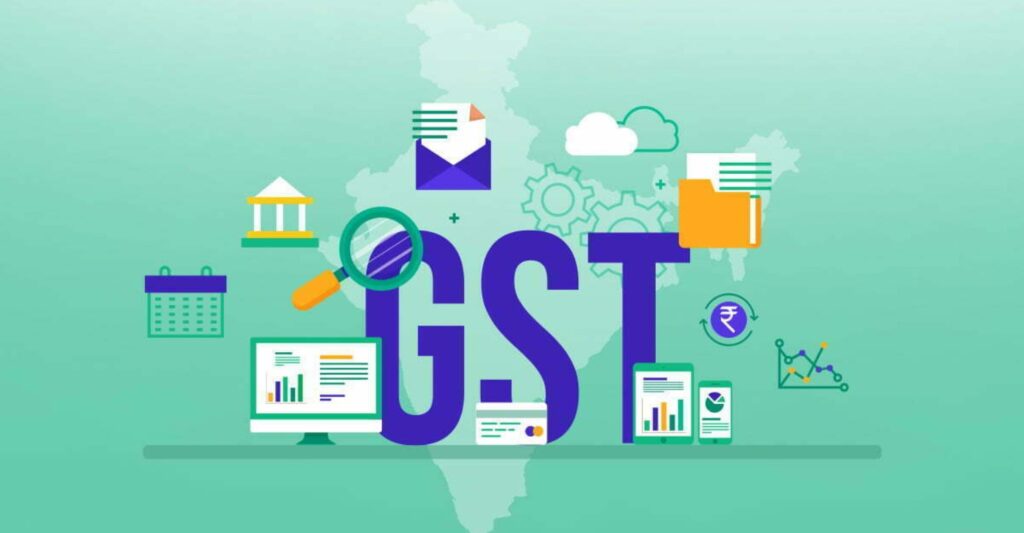India has rolled out new GST rules that require businesses with a turnover of Rs 100 crore or more to upload their electronic invoices on the Invoice Registration Portal (IRP) within seven days of issuance. The new regulation aims to prevent the backdating of e-invoices and enforce compliance with GST regulations.

New GST Rules for Businesses over Rs 100 Crore Turnover
The e-invoicing mandate was introduced in 2020, making it mandatory for businesses with an annual turnover of over Rs 500 crore to generate e-invoices for B2B transactions. The limit was then lowered to cover businesses with a turnover of over Rs 100 crore in January 2021, and then to those with a turnover of over Rs 50 crore and Rs 20 crore in April 2021 and April 2022, respectively. From October 1, 2022, the threshold was further lowered to cover businesses with an annual turnover of over Rs 10 crore.
New GST Rule and its Implications
The new GST rule effective May 1, 2023, requires businesses with a turnover of Rs 100 crore or more to upload their electronic invoices on the IRP within seven days of issuance. Failure to comply may result in businesses being unable to avail input tax credit (ITC). The move is aimed at enforcing compliance and digitization, and it is expected to help in increasing GST collection.
Concerns about Future Lowering of Turnover Limit
Experts have lauded the new rule, stating that it will drive digitization and compliance. However, there are concerns that the Rs 100 crore turnover limit may be reduced further or made mandatory for all assesses generating Invoice Registration Number (IRN) in the future.
Conclusion
The new GST rules are a step towards strengthening compliance and digitization in the Indian business landscape. Businesses must ensure timely reporting of electronic invoices on the IRP to avoid penalties and loss of input tax credit. While the new regulation is expected to increase GST collection, concerns remain about the possibility of further lowering of the turnover limit in the future.
